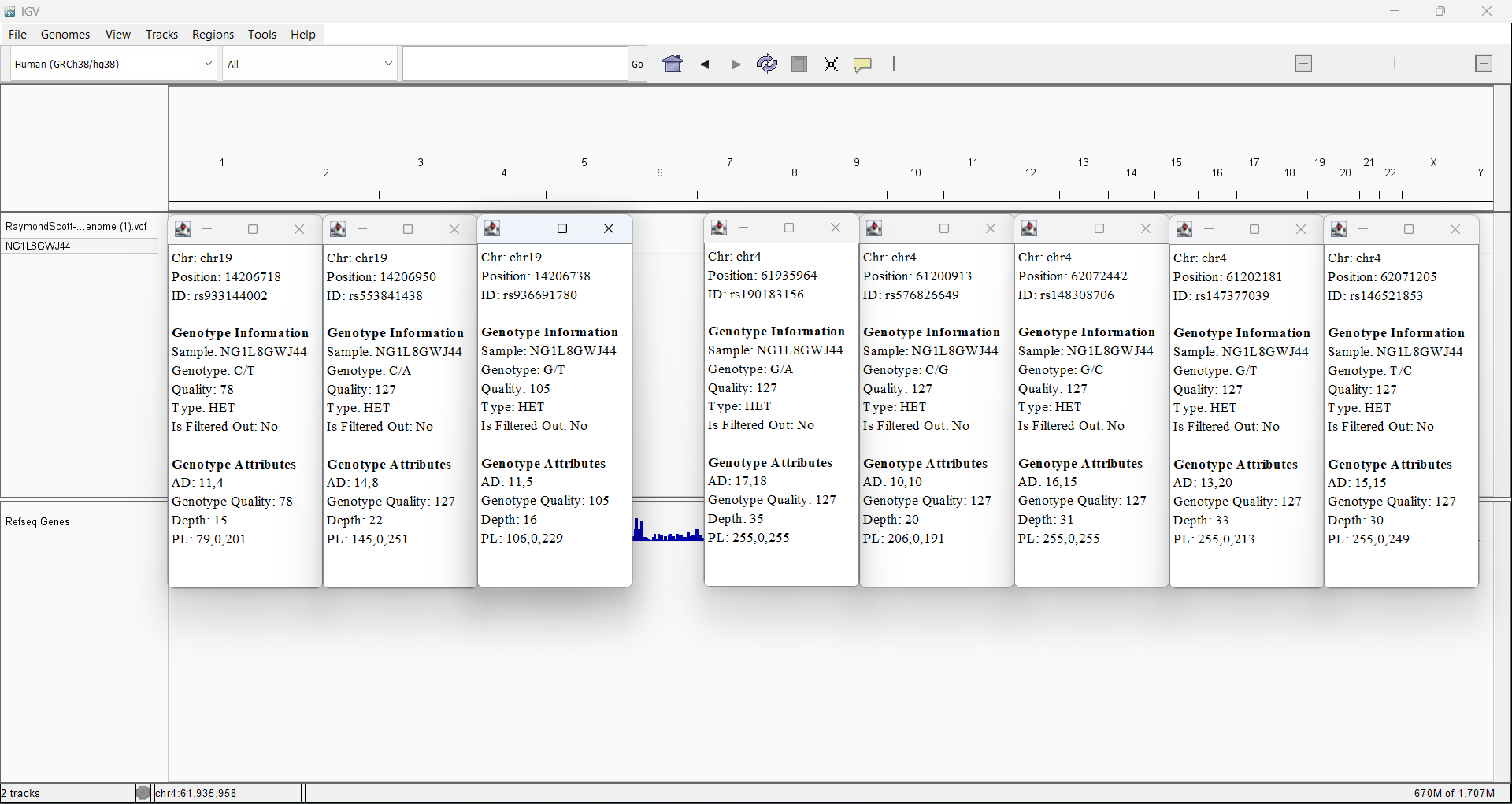My Variants in Old Dyslexia-Linked Genes

This is a blog post about my variants in old Dyslexia-linked genes. With my being a neurodivergent (having Dyslexia, Dyspraxia, ADHD) with Ataxia, I was very curious about genes associated with Dyslexia. This concludes my Developmental Neurogenomics series of blog posts. My Neurological Makeup includes both Neurodivergence and Ataxia https://neurodivergence.blogspot.com/2024/01/my-neurological-makeup-includes-both.html The DRD4 (Dopamine Receptor D4) Gene https://neurodivergence.blogspot.com/2024/01/the-drd4-dopamine-receptor-d4-gene.html My Potential Dyslexia Risk Factors Based On 2022 Published 'Discovery of 42 genome-wide significant loci associated with dyslexia' https://neurodivergence.blogspot.com/2024/02/my-potential-dyslexia-risk-factors.html My Potential ADHD Risk Factors based on 2022 Published 'Genome-wide analyses of ADHD identify 27 risk loci' https://neurodivergence.blogspot.com/2024/03/my-potential-adhd-risk-factors-based-on.html My Potenti...
